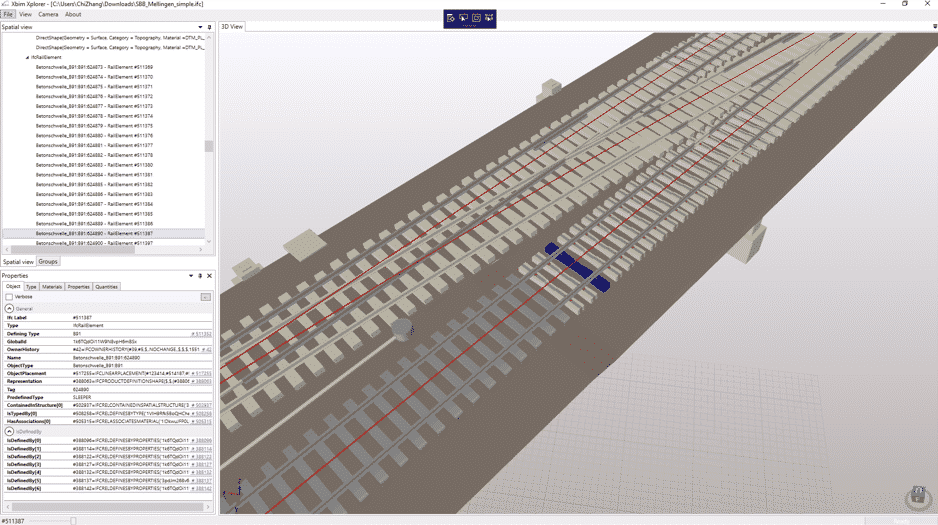BIM at IFC RAIL, the international railway project
Project
Published by:
Datasheet
Description
Phase 1 IFC RAIL
There is a chronogram that explains how the work team carried out the entire phase 1. Some phases are determined about how the project was concluded and what was its determination process:
- Industrial needs and basic requirements: the lack of adoption and use of digital technologies in the railway infrastructure aroused the interest of the first business parties. The problems came from low productivity in the industry and the need to encourage assets to work better.
- IFC Rail Phase 1 project configuration: the first stakeholders designed a roadmap and established a professional team putting open standards at the centre. The goal was to better design, build and operate the rail infrastructure.
- Summary of products to be delivered: IFC Rail Phase 1: The first delivery of IFC RAIL was in 2015. In this initial phase, open standards were put at the centre and work began on how to extend the value of the BIM to provide an overview of railway assets. For the first phase, therefore, it was proposed to deliver an open BIM vision and develop a set of deliverables from the BSI Process.
- IFC 4.3: consists of a single candidate standard containing various infrastructure extensions such as roads, railways, tunnels, bridges and ports and waterways.
- IFC Rail in IFC 4.3: The IFC Rail team developed and delivered requirements for the IFC 4.3 Candidate Standard including: cant alignment, linear placement (such as geometry and positioning), spatial structure (such as breakdown structures), constructed elements, physical elements (such as track, signalling, telecommunications, energy) and functional aspects.
Phase 2 IFC RAIL
In April, Phase 2 of the project was launched with the objective of implementing and validating the format named IFC Candidate Standard 4.3 and moving it to Final Standard status. Once completed, it is intended to be passed to ISO for further publication. The basis for these tests are defined in the so-called history lines that focus on the infrastructure.
The website contains a series of PDFs describing the process and the templates being used in this second phase. It also contains specific information such as the organization and other more detailed aspects. The workflow describes the implementation and validation process and the deliverables exchanged between the different roles. A process that was designed to enable some more effective collaboration between software vendors and project working groups. The team therefore offers support to the Software Providers that will implement the IFC 4.3 standard with the requirements that have been previously established by the project participants.
Image Source:BuildingSMART International IFC RAIL
Type of Work
- Building












